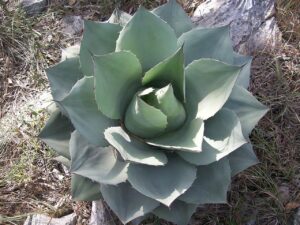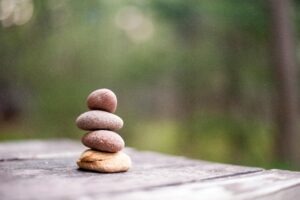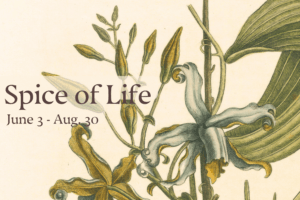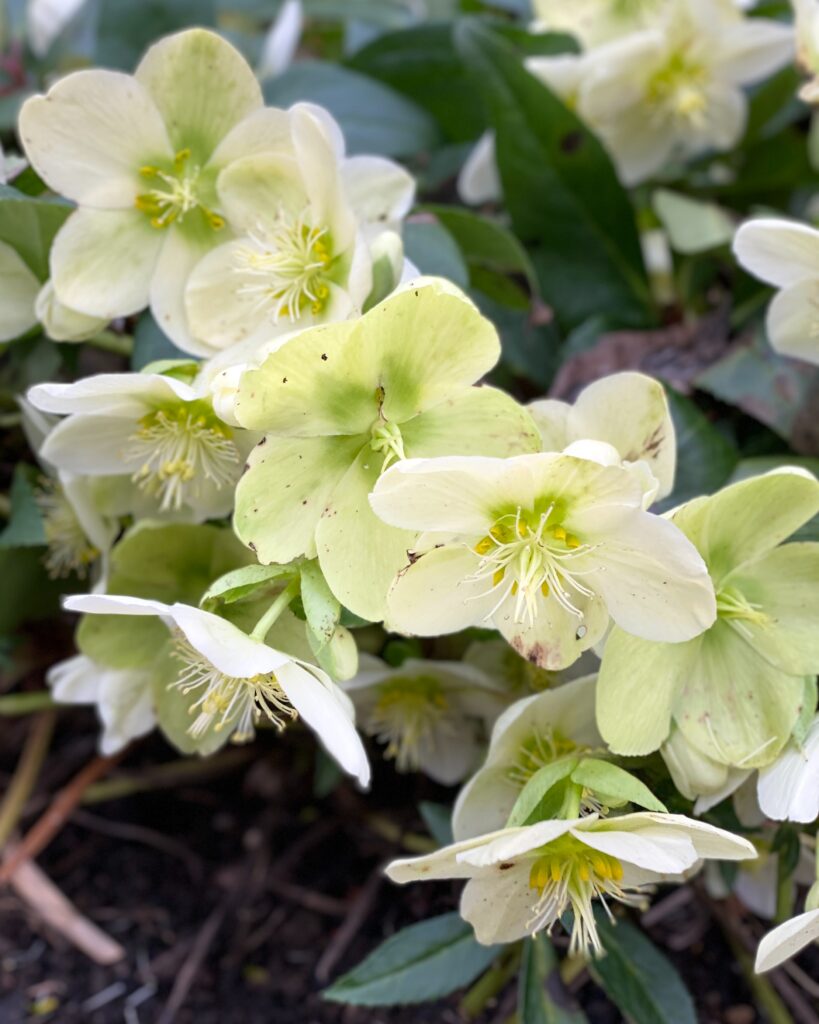
Tulips and daffodils get the spotlight in early spring in North Texas, and it’s easy to see why. Bright, cheerful and colorful, they dazzle the eye in the spring sunlight. But another plant can be found flowering at the same time. In shady corners and under trees, hellebores are opening their richly colored blooms against dark green foliage.
“They don’t often get top billing like tulips, but hellebores deserve more fanfare,” says Sr. Horticulturist Steve Huddleston. “And they are a wonderful addition to winter gardens.”
Hellebores belong to the family Ranunculaceae; other members of this family include columbine, anemones, clematis, and ranunculus. They are herbaceous (non-woody) perennials that grow from underground stems, or rhizomes. They are divided into two basic groups: caulescent (with stems) and acaulescent (without stems).
The flowers consist of five petals and range in color from white to yellow, green, pink, purple and purple-black. Some flowers are solid colors, while others are speckled with contrasting colors. The long-lasting flowers generally bloom from late winter to early spring. A perennial, or plant that returns year after year, hellebores offers attractive, sculptured foliage year-round.
Hellebores scorch in full sun and require shade. They grow well beneath the shade of deciduous trees in a well-drained, organic soil. Although they appreciate moisture, they do not tolerate poor drainage. Once established, they can even thrive in a dry shade situation, but would certainly need to be watered during a drought. After planting, leave hellebores undisturbed since the fleshy roots transplant badly and may take several years to establish before flowering again.
Several varieties of hellebore do well in North Texas gardens. Among the most popular are hybrids of Helleborus orientalis or Lenten rose, so named because they bloom during the Lenten season in the Christian liturgical calendar which overlaps with the plant’s blooming period from January through March. Each plant makes a clump about 15 inches tall and 2 feet wide of thick, evergreen, hand-shaped foliage. Flowers appear in colors of white, green, pink, and maroon. H. orientalis hybrids are heavy feeders; apply a water-soluble, high-nitrogen fertilizer three times during the year: in December as new foliage emerges, in March, and again in June. In addition, topdress annually with organic matter and mulch heavily.
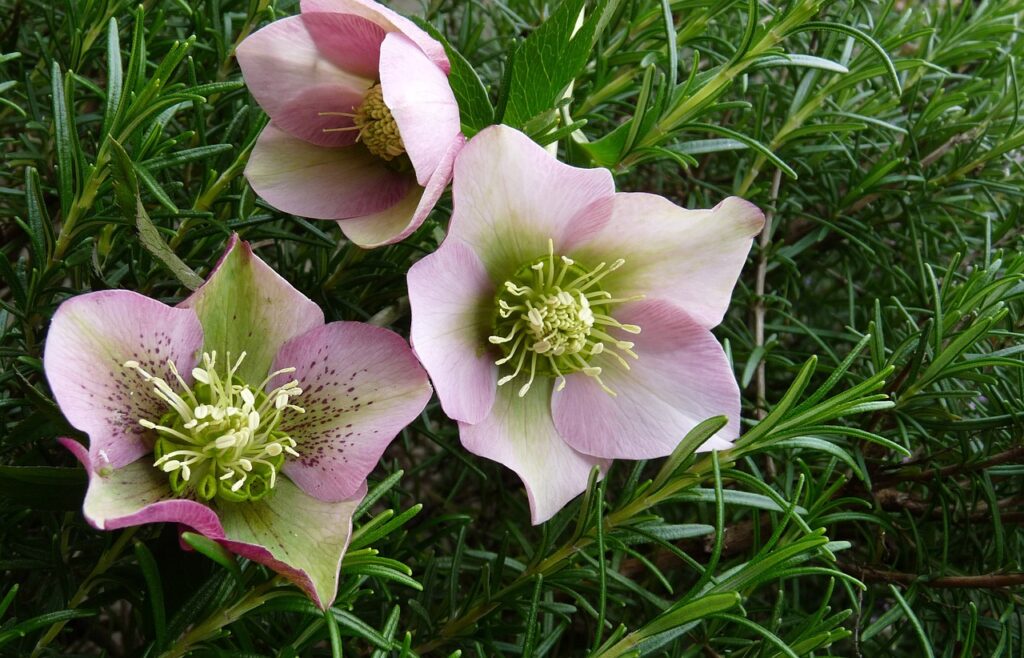
Another variety, Helleborus niger or the Christmas rose, is not as easy to grow in the South as the Lenten rose, but many area gardeners grow it successfully. This species has naturalized and done quite well in the Garden. Its pure white flowers appear from late December to March.
Several hybrid crosses of H. orientalis and H. niger also grow well in North Texas gardens. ‘Royal Heritage,’ for example, produces flowers that are dark purple, wine, pink and bi-color, all clustered together on one plant. ‘Walberton’s Rosemary’ is vigorous, grows quickly, and has long-lasting rosy-pink flowers.
One important thing to know is that all parts of the plant are poisonous if eaten. Both humans and animals should never consume hellebore. However, the plant has a bitter, unpleasant taste, so animals and children rarely eat enough for it to be truly harmful, and deer avoid it completely. Nevertheless, only use the plant if you are comfortable with the risk and avoid planting it where pets or children play. Hellebore can also irritate the skin, especially after prolonged exposure. Gloves and long sleeves are recommended with working inor around the plant.
The flower is an excellent companion for other shade-loving perennials such as ferns, columbine and inland sea oats. And if you want a little more razzle-dazzle, consider planting shade-tolerant waxleaf begonias around hellebores during the summer.
“Hellebore isn’t a show-off, but it is a beautiful, elegant plant that will brighten shady spots in your garden,” says Huddleston.


